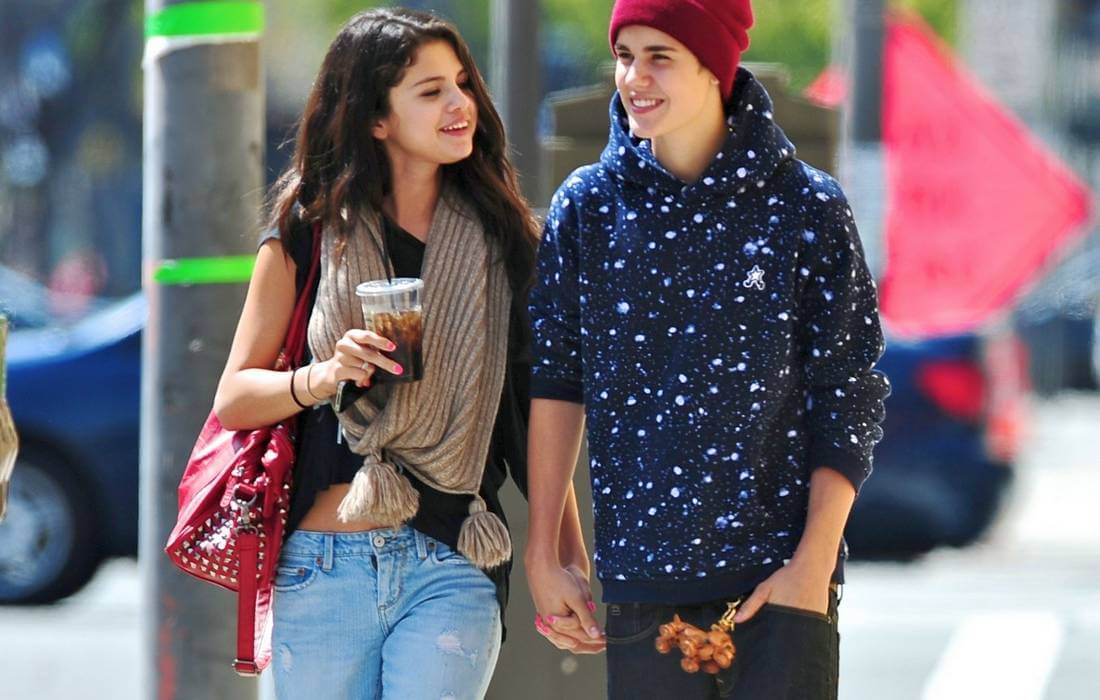Introduction to American Fashion
Fashion in the United States is a rich tapestry woven from diverse cultural threads, historical influences, and innovative creativity. It is a dynamic landscape where tradition meets modernity, resulting in a unique sartorial language that is both globally influential and distinctly American.

Historical Evolution
Early Influences
In the early days of American history, fashion was heavily influenced by European styles. The colonial era saw settlers adopting the fashion trends of their homelands, with English, French, and Dutch styles predominating. Clothing during this period was functional and modest, reflecting the practical needs of the settlers and their social hierarchies.
The Birth of American Style
The 19th century marked a turning point in American fashion. As the nation expanded westward, so did its fashion sensibilities. The Gold Rush era introduced practical garments like denim jeans, which Levi Strauss popularized, cementing them as a staple of American attire. This period also saw the rise of American-made textiles and the gradual shift towards a distinct American style.
20th Century and Modernism
The 20th century was a time of rapid change and innovation in American fashion. The Roaring Twenties brought flapper dresses and a spirit of liberation, while the Great Depression necessitated more practical and affordable clothing. Post-World War II America experienced a fashion boom, with Hollywood glamour influencing everyday wear. Icons like Marilyn Monroe and James Dean popularized casual yet stylish looks, setting the stage for the modern fashion industry.
Regional Styles
East Coast Elegance
The East Coast, particularly New York City, is synonymous with high fashion and sophistication. Home to renowned fashion houses and designers, New York City hosts one of the most prestigious fashion weeks in the world. East Coast fashion is characterized by its sleek, tailored, and often monochromatic aesthetic. Brands like Ralph Lauren and Calvin Klein epitomize this style, blending timeless elegance with contemporary trends.
West Coast Casual
In stark contrast, the West Coast, especially California, is known for its laid-back, casual style. The warm climate influences a wardrobe of comfortable, breezy clothing. Surf culture, bohemian influences, and the entertainment industry all play a role in shaping West Coast fashion. Brands like Patagonia and Roxy reflect the region’s love for outdoor activities and relaxed living.
Southern Charm
The Southern United States offers a distinct style that blends traditional and contemporary elements. Southern fashion often incorporates bright colors, bold patterns, and a touch of preppy elegance. The region’s fashion is deeply rooted in its cultural heritage, with an emphasis on hospitality and charm. Brands like Lilly Pulitzer capture the essence of Southern style with their vibrant and playful designs.
Midwestern Practicality
Midwestern fashion is characterized by its practicality and durability. The region’s agricultural and industrial roots influence a wardrobe that values functionality over flamboyance. Workwear brands like Carhartt and Red Wing Shoes reflect the rugged, no-nonsense attitude of Midwestern style. However, urban centers like Chicago also showcase a more refined side of Midwestern fashion, blending practicality with sophistication.
Cultural Influences
African American Contributions
African American culture has had a profound impact on American fashion. From the Harlem Renaissance in the 1920s to the hip-hop revolution of the 1980s and beyond, African American style has continually pushed boundaries and set trends. Designers like Virgil Abloh and brands like FUBU have brought African American aesthetics to the forefront of the fashion industry, celebrating black identity and creativity.
Latinx Flair
Latinx culture adds a vibrant and dynamic dimension to American fashion. Influences from Mexico, Puerto Rico, and other Latin American countries infuse American style with bold colors, intricate embroidery, and a celebration of curves. Designers like Oscar de la Renta and Carolina Herrera have made significant contributions, blending Latinx heritage with high fashion.
Asian American Innovation
Asian American designers have introduced innovative concepts and a minimalist aesthetic to American fashion. The influence of Japanese, Chinese, Korean, and other Asian cultures can be seen in the sleek lines and modern silhouettes favored by designers like Vera Wang and Alexander Wang. These designers often combine traditional Asian craftsmanship with contemporary design principles, creating a unique fusion of East and West.
The Role of Fashion Capitals
New York City
New York City remains the epicenter of American fashion. As home to countless fashion shows, flagship stores, and design schools, it is the beating heart of the industry. The city’s diverse population and constant influx of international visitors ensure that New York fashion is ever-evolving and eclectic.
Los Angeles
Los Angeles, with its connection to the entertainment industry, plays a crucial role in shaping fashion trends. Celebrity culture and red-carpet events drive a constant demand for cutting-edge designs and glamorous attire. Los Angeles also fosters a thriving streetwear scene, blending high fashion with urban culture.
Sustainable Fashion Movement
In recent years, the sustainable fashion movement has gained momentum in the United States. Consumers are increasingly aware of the environmental and ethical implications of their clothing choices. Brands like Reformation and Patagonia lead the charge in creating eco-friendly, ethically-produced fashion. The movement advocates for sustainable materials, fair labor practices, and a reduced environmental footprint, pushing the industry towards a more responsible future.
Conclusion
Fashion in the United States is a complex and multifaceted domain, reflecting the country’s diverse population and rich cultural heritage. From the high-fashion runways of New York to the casual, sun-soaked streets of California, American fashion is a vibrant and ever-changing mosaic. It embraces innovation while honoring tradition, continually redefining what it means to be stylish in the land of the free.